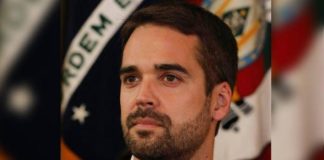
That was Megan Rapinoe’s triumphant logline to the press at the World Cup in 2019, right after she dropped two goals on France in the quarterfinal and hit her now-signature magisterial pose. But that triumphant openness on the game’s biggest stage was the culmination of decades of incremental progress.
Seven years earlier, in July 2012, Rapinoe told Out Magazine: “For the record: I am gay,” which felt like a landmark moment — a seismic shift in the landscape of American women’s soccer. Rapinoe had vaulted into the national spotlight with her 2011 World Cup performance and that quarterfinal cross to Abby Wambach, along with assorted antics on the field and around the microphones. She was also about to head into the London Olympics, where the U.S. would win gold. And here she was being openly, assertively out.
Prior to that, the last somewhat prominent splash in LGBTQ women’s soccer news came before the 2008 Olympics, when Natasha Kai mentioned she had just been dumped by her girlfriend. It never really gained all that much traction in the news or in the pop culture landscape around the USWNT — perhaps because people were still hesitant to follow up on questions about queer players’ personal lives at that time, or perhaps because Kai is not a white woman in a sport that, in the U.S., tends to emphasize whiteness, with coverage that also tends to overlook the women of color who play it.
The landscape of media prepared and willing to ask LGBTQ players about being queer in a sensitive and respectful way was certainly different in 2008.








